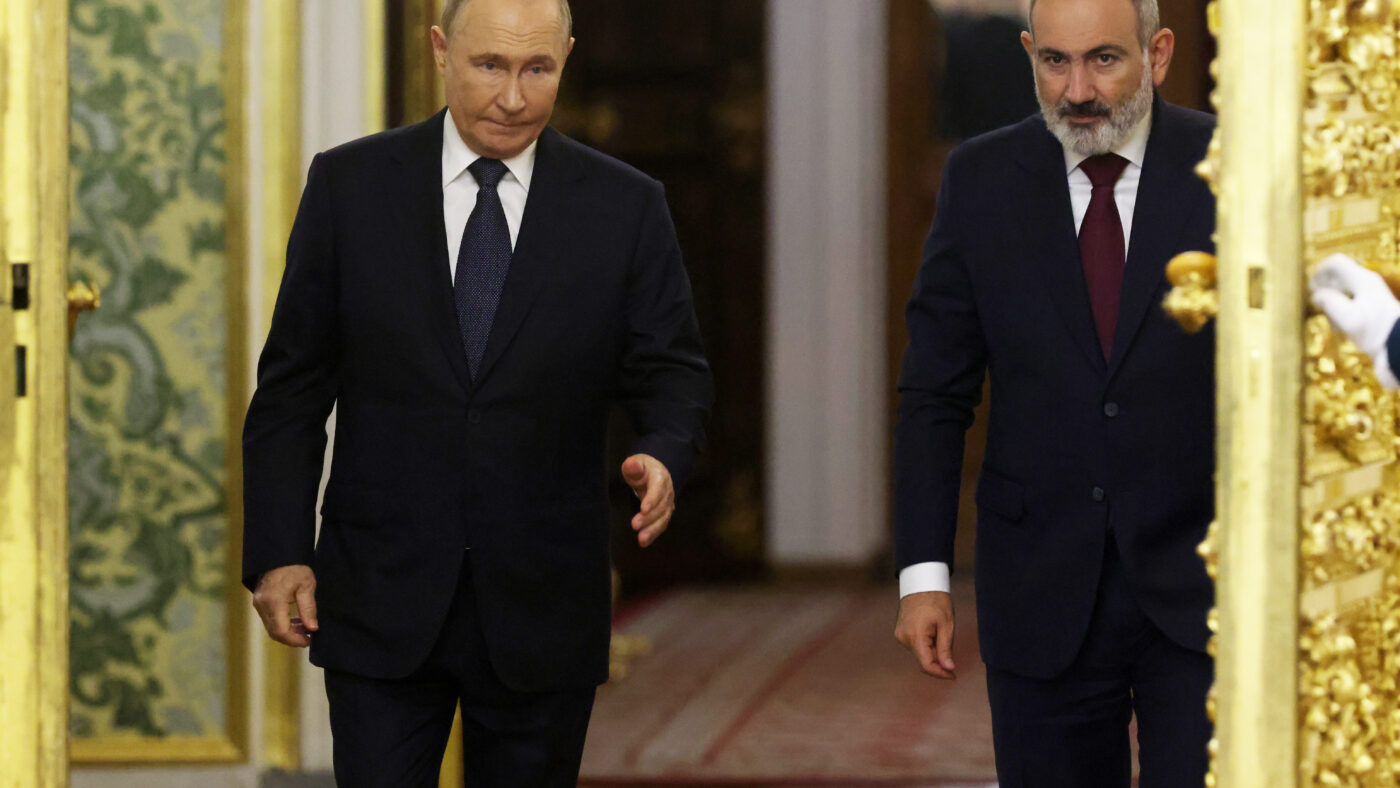On a wintry afternoon in February 1988, two large human columns, both several hundred strong, merged at the intersection of Kirov Avenue and Teryan Street in downtown Yerevan, Soviet Armenia’s capital. Their march continued down the wide, winding Kirov Avenue, joining a larger demonstration already taking place in Opera Square.
I was one of those marchers, barely 17, holding a banner on the front line.
My fellow protesters were students from Yerevan State University and Yerevan Polytechnic Institute. We were hurrying to join 30-year-old economist Igor Muradian, and his activist friends. They would soon become the face of the Karabakh (unification) movement.
The movement began by petitioning the authorities in Moscow to respect the will of the Nagorno-Karabakh parliament, which had voted to reverse Joseph Stalin’s unilateral decision to absorb Karabakh into Soviet Azerbaijan six decades earlier. By raising their voices against the Soviet system, student protesters added momentum to a movement which eventually gathered one million people in downtown Yerevan.
Their ideas disseminated across the Soviet Union within months, as other nations raised their grievances with the Politburo in Moscow and, in time, helped bring the evil regime to its knees.
For the past 35 years, students in Armenia have been at the forefront of political and social change. They’ve often led the charge, inspiring older generations to join the fight for a better Armenia. They haven’t always succeeded, and their power has been gradually eroded by successive autocratic regimes since 1991, but these students keep Armenia’s autocrats mindful of potential pushback from society’s youngest and most politically active.
In protests since independence in 1991, students continued to play a vital role. The last one, in 2024, was no exception.
Armenia’s current Prime Minister Nikol Pashinyan – a college dropout turned yellow journalist – has developed a plan to make any potential challenge to his troubled rule go away. Several miles away, under the auspices of improving higher education, an ‘academic city’ is being built outside of Yerevan to house Armenia’s flagship universities.
There are many things the Pashinyan administration could do to improve higher education, if it were actually acting in good faith. Outdated curricula across virtually all academic disciplines, shockingly low compensation, sizable outflow of experienced faculty, political interference in every level of decision-making and widespread nepotism characterise a failing system. Focusing on any of these problems would generate real value, without destroying the system’s foundation.
To be fair, these problems did not start with Pashinyan; the sector was in disrepair well before he took over in 2018.
Our 2011 research found Armenian families receiving remittances from abroad – and therefore likely themselves to become migrants – were less inclined to invest in their children’s education domestically. This was a shocking result for a country that previously boasted one of the best STEM educations in the Soviet bloc.
Reforming higher education demands a systemic overhaul. Perhaps its biggest design fault is the absence of a link between education, Armenia’s developmental vision and its national security strategy. Missing also is a widespread embrace of freedom and democracy, principles which form key tenets of any successful, autonomous education system. Sadly, it appears that the objective appears to be the opposite: to stifle dissent and gain an even tighter control of the system, by forcing the university boards under state control, in the style of Victor Orban. Last but not least, building a new academic city and privatising current university buildings in downtown Yerevan screams corruption. Given this government’s record of fraud, the whole construction is suspect.
If this project proceeds, Pashinyan will destroy what is left of Armenia’s universities, the remaining pillar of the country’s economic and geopolitical competitiveness. After all, his record of undermining Armenia’s national interests is very clear and includes campaigns against the armed forces, the Constitution, and the church, Armenia’s oldest institution.
The well-meaning UK universities involved in this project should refrain from endorsement of, much less taking part in, what is undoubtedly a plan to ruin what is left of education in Armenia.
For the sake of their reputation, if not for Armenia’s, these universities should only engage when the Armenian government has demonstrated a deep understanding of the multifaceted nature of the problems faced by their universities and, more importantly, the integrity to undertake projects of such scale and importance without hidden objectives. This government lacks both.
Click here to subscribe to our daily briefing – the best pieces from CapX and across the web.
CapX depends on the generosity of its readers. If you value what we do, please consider making a donation.


